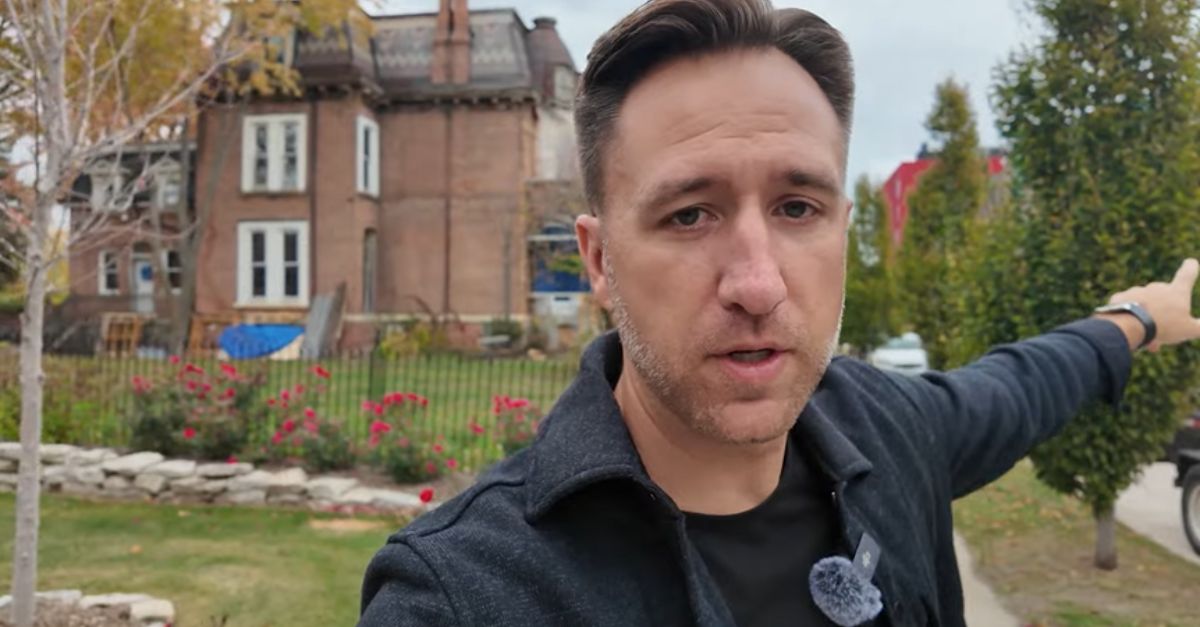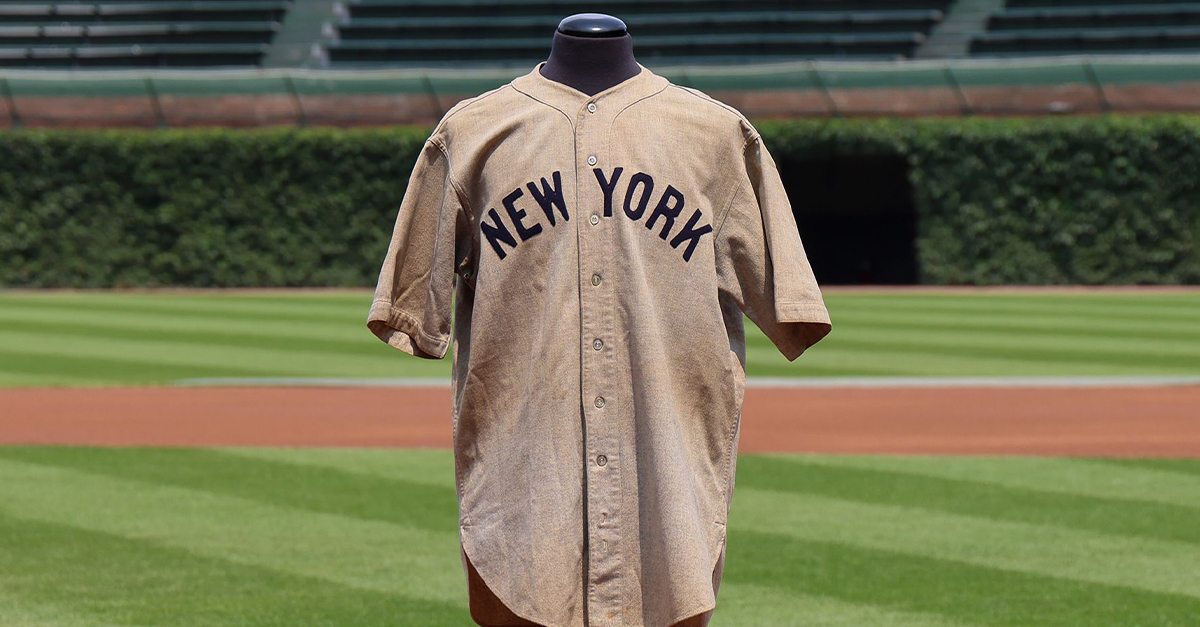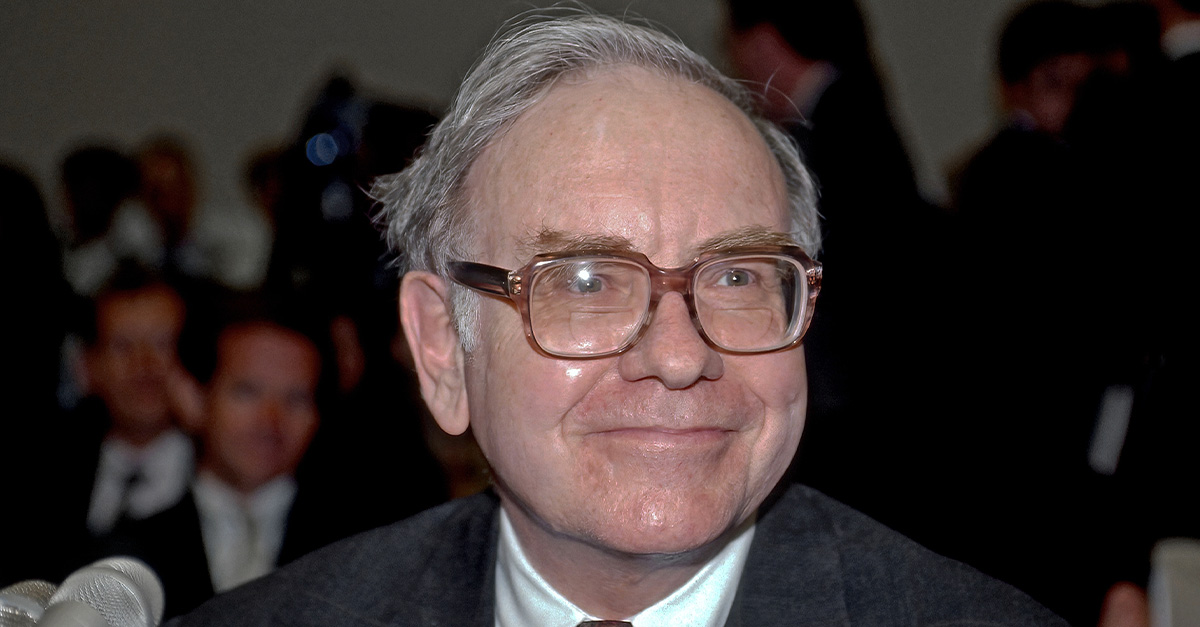Motor City's Mystery
There lies a Detroit neighborhood that time forgot. Wealthy families once strolled tree-lined streets past sophisticated Victorian abodes. Today, only scattered buildings hint at this lost world of elegance and prosperity.

French Origins
French explorer Antoine de la Mothe Cadillac founded Fort Pontchartrain du Detroit in 1701 along the Detroit River. This wilderness trading post would eventually become Detroit, but the land destined for America's grandest mansions started as untamed forest stretching inland from the water.
 l'Abbe Antoine Francois Prevost with maps and views by Jacques-Nicolas Bellin, Wikimedia Commons
l'Abbe Antoine Francois Prevost with maps and views by Jacques-Nicolas Bellin, Wikimedia Commons
Ribbon Farms
Ribbon farms, also called strip farms, river lots, or long-lot farms, were long, narrow land parcels that were established along waterways, most notably the Detroit River, in the city’s earliest days. This unique land division system built the foundation for Detroit's future street grid.
 George Henry Victor Collot, Wikimedia Commons
George Henry Victor Collot, Wikimedia Commons
Askin Family
Irish fur trader John Askin married Marie-Archange Barthe, acquiring her family's ribbon farm through this union. He built Detroit's largest fur trading empire and became the settlement's wealthiest merchant. His property had 386 feet of prime Detroit River frontage extending eighty arpents into the forest.
 NOAA Photo Library, Wikimedia Commons
NOAA Photo Library, Wikimedia Commons
British Control
Britain seized Detroit from France in 1760, bringing uncertainty to its residents. As a British loyalist, he couldn't remain on American soil after the Revolutionary War. Hence, in 1796, Askin moved across the river to Canada, leaving his valuable farm behind for new owners.
 Frederick C. Yohn (1875–1933)., Wikimedia Commons
Frederick C. Yohn (1875–1933)., Wikimedia Commons
American Takeover
The historically famous 1783 Treaty of Paris ultimately granted Detroit to the United States, but British forces didn't withdraw until 1796. This thirteen-year delay confused property ownership. The transition period brought opportunities for ambitious citizens to acquire prime real estate.
 Benjamin West, Wikimedia Commons
Benjamin West, Wikimedia Commons
Elijah Brush
Elijah Brush, a Vermont lawyer and Dartmouth graduate, arrived in 1798 in search of frontier chances. He had married Adelaide Askin in 1802, gaining control of her family's valuable ribbon farm. Brush soon became Detroit's second mayor and the territory's first attorney general.
 Rembrandt Peale, Wikimedia Commons
Rembrandt Peale, Wikimedia Commons
Mayor's Vision
This mayor recognized Detroit's explosive growth potential. His property sat perfectly positioned adjacent to the growing settlement, ideal for future development. Although he died young in 1813 during the War of 1812, Brush had laid the foundation for his family's empire.
 William Henry Powell, Wikimedia Commons
William Henry Powell, Wikimedia Commons
Land Purchase
In 1806, this individual officially purchased the Askin farm for $6,000, securing legal title to “Private Claim #1”. This strategic acquisition included prime Detroit River frontage and hundreds of acres towards the north. The property would become Detroit’s most valuable land within fifty years.
 Hurd-Martin Company, Wikimedia Commons
Hurd-Martin Company, Wikimedia Commons
Edmund's Plan
Furthermore, Edmund Brush inherited his father's vision and area in 1813, at the age of eleven. By the 1850s, he began converting the family ground into an exclusive residential neighborhood. Edmund recognized that Detroit's booming wealthy class needed graceful homes away from the crowded downtown.
 James Arthur and C.M Hayes & Co, Wikimedia Commons
James Arthur and C.M Hayes & Co, Wikimedia Commons
Street Names
The son personalized his development by naming streets after family members. Winder Street opened first in 1852, honoring family friend Colonel John Winder. Adelaide Street followed in 1853, then Alfred in 1869, and Edmund in 1867. This intimate naming developed a strong neighborhood identity among residents.
Building Codes
He imposed strict building restrictions, requiring expensive mansions to be constructed within specific time frames. Property buyers had to build substantial homes worth thousands of dollars, ensuring only wealthy families could afford lots. These requirements created uniform architectural excellence throughout the neighborhood.
 Andrew Jameson, Wikimedia Commons
Andrew Jameson, Wikimedia Commons
Architect Rush
Detroit's thriving economy began to attract famous architects from across America and Europe. Julius Hess, Henry T Brush, George D Mason, Gordon W Lloyd, and Albert Kahn arrived to structure magnificent homes. These master builders brought innovative architectural styles from their travels, showcasing Victorian fashion.
 James Brush, Wikimedia Commons
James Brush, Wikimedia Commons
Victorian Mansions
Between 1860 and 1900, approximately 300 homes rose in Brush Park, including 70 spectacular Victorian mansions. These marvels featured elaborate turrets, bay windows, ornate stonework, and intricate woodcarving. Each abode was priced more than what most people could earn in their lifetime.
Little Paris
Well, Brush Park earned the nickname "Little Paris of the Midwest" for its European-style and cosmopolitan atmosphere. Refined residences lined tree-shaded boulevards, while fashionable residents strolled manicured sidewalks. The neighborhood's culture, beauty, and wealthy inhabitants crafted an American version of Parisian elegance.
 Elisa.rolle, Wikimedia Commons
Elisa.rolle, Wikimedia Commons
Whitney Dynasty
Lumber baron David Whitney Jr built a massive fortune harvesting Michigan's endless forests. His daughter Grace received the stunning manor at 79 Alfred Street as a wedding gift in 1882. The Whitney family represented old money, with Grace later becoming the first president of the Detroit YWCA.
 James J. Mitchell, Wikimedia Commons
James J. Mitchell, Wikimedia Commons
Hudson Empire
Similarly, Joseph L Hudson arrived from England and opened a small men's clothing store in 1881. Within decades, he assembled the Midwest's largest department store empire. Hudson rented the Hudson-Evans House from 1894 to 1904. His business was a huge success.
 James J. Mitchell, Wikimedia Commons
James J. Mitchell, Wikimedia Commons
Lumber Barons
Michigan's vast forests generated incredible fortunes for lumber barons like Lucien S Moore and David Whitney Jr. These men harvested millions of trees, shipping lumber nationwide as America began to grow westward. The Michigan forest was turned into building materials that raised entire cities.
 w_lemay, CC BY-SA 2.0, Wikimedia Commons
w_lemay, CC BY-SA 2.0, Wikimedia Commons
Banking Elite
William Livingstone Jr, president of Dime Savings Bank, joined other financial leaders in Brush Park. Banker Frederick Butler and dry goods merchant Emanuel Schloss built elaborate homes displaying their prosperity. These men controlled Detroit's money flow by financing the town's industrial growth.
 Andrew Jameson, Wikimedia Commons
Andrew Jameson, Wikimedia Commons
Merchant Princes
Successful merchants like Ransom Gillis played a pivotal role in Detroit’s evolution during the late 19th century. Gillis, another wholesale dry goods merchant, made his fortune by supplying the rapidly expanding population with essential items. He co-founded Edson, Moore & Company.
Albert Kahn
Young architect Albert Kahn received his first major commission in 1894, designing Livingstone's mansion at age 22 or 23. Fresh from studying European architecture, Kahn incorporated French Renaissance Revival elements, including distinctive turrets and detailed stonework. This early success launched Kahn's legendary profession.
 unknown photographer (photo: 1932 August 2), Wikimedia Commons
unknown photographer (photo: 1932 August 2), Wikimedia Commons
Livingstone Commission
William Livingstone Jr, a prominent publisher and banker, hired Kahn to sketch his residence at 76 Eliot Street. Livingstone was notable as the publisher of the Detroit Evening Journal and president of the Dime Savings Bank, as well as a key figure in improving Great Lakes shipping.
 Scott Weir from Toronto, Canada, Wikimedia Commons
Scott Weir from Toronto, Canada, Wikimedia Commons
Social Life
Brush Park residents enjoyed grand social gatherings rivaling those in New York or Boston. Dinner parties, charity events, and cultural soirees filled ballrooms with Detroit's most influential citizens. Children from different houses attended the same prestigious elementary school, while parents networked through exclusive clubs.
 Unknown authorUnknown author, Wikimedia Commons
Unknown authorUnknown author, Wikimedia Commons
Religious Buildings
Incredible churches and temples were built to cater to their diverse population. Temple Beth-El, designed by Albert Kahn in 1902, served the prominent German Jewish community with neoclassical refinement. Then there was the first Presbyterian Church, modeled after Boston's Trinity Church, which welcomed Protestant families.
 Andrew Jameson, Wikimedia Commons
Andrew Jameson, Wikimedia Commons
Temple Beth-El
The synagogue was structured in the Beaux-Arts technique, with a layout inspired by Roman and Greek temples, most notably the Pantheon in Rome. Its grand dome, gabled wings, and classical detailing reflected the congregation’s aspirations for cultural prominence. It could seat 2,200 people.
 Andrew Jameson at English Wikipedia, Wikimedia Commons
Andrew Jameson at English Wikipedia, Wikimedia Commons
Presbyterian Church
The church had massive stone walls and rounded arches, a prominent square bell tower, and stained glass windows. Established between 1889 and 1891, it was composed by architects George D Mason and Zachariah Rice in the Richardsonian Romanesque Revival pattern.
 Andrew Jameson, Wikimedia Commons
Andrew Jameson, Wikimedia Commons
Automobile Revolution
Henry Ford's Model T and the rise of automobile manufacturing changed Detroit after 1900. While cars initially represented luxury items for Brush Park residents, they soon revolutionized transportation. The car industry created new fortunes but also enabled wealthy families to live farther from downtown.
 Harry Shipler, Wikimedia Commons
Harry Shipler, Wikimedia Commons
Model T
Ford’s smart use of the moving assembly line at the Highland Park Plant enabled mass production, dramatically reducing the price of the Model T—from $825 in 1908 to as low as $260 by 1925. It was also known as the “Tin Lizzie”.
 ModelTMitch, Wikimedia Commons
ModelTMitch, Wikimedia Commons
Suburban Appeal
Newer suburbs offered larger lots, modern conveniences like electricity, and quieter environments away from increasing industrial noise and pollution. Areas like Indian Village and Boston-Edison started attracting families who were in need of more space and contemporary amenities than aging Brush Park could provide.
 Andrew Jameson at English Wikipedia, Wikimedia Commons
Andrew Jameson at English Wikipedia, Wikimedia Commons
Elite Exodus
By 1910, many original Brush Park families had abandoned their shelters for advanced suburban homes. Prominent families such as the Whitneys and the Hudsons began selling their grand Victorian homes, viewing them as outdated and increasingly expensive to maintain. Sale and repurposing marked the ultimate end.
Stock Crash
Additionally, the Wall Street Crash of October 1929 devastated American wealth, including many fortunes built on automotive industry success. Stock values plummeted 90% by 1933, while unemployment reached 25% nationally. The economic catastrophe accelerated Brush Park's decline as remaining wealthy residents lost their fortunes.
Stock Crash (Cont.)
Production in the industry dropped from over 5.6 million vehicles in 1929 to just 1.3 million by 1932, and many smaller automakers went out of business. The crash and ensuing Great Depression forced even the largest companies, such as Ford and General Motors, to reduce production.
 National Archives Photo, Wikimedia Commons
National Archives Photo, Wikimedia Commons
Great Depression
The hardships of the Great Depression exacerbated working conditions for auto workers, resulting in longer hours, pay cuts, and heightened labor unrest. This environment set the stage for the rise of the United Auto Workers (UAW) union in 1935.
 Unknown authorUnknown author or not provided, Wikimedia Commons
Unknown authorUnknown author or not provided, Wikimedia Commons
Mansion Conversions
Desperate property owners subdivided grand mansions into multiple apartments and boarding houses to generate rental income during this unfortunate time. Classy ballrooms became cramped living spaces, while servants' quarters housed entire families. Those fancy dining rooms were forcibly partitioned with cheap walls.
 Jim Garrett from USA, Wikimedia Commons
Jim Garrett from USA, Wikimedia Commons
Boarding Houses
By 1921, every house on Alfred Street had been converted into boarding shelters for Detroit's growing working class. Factory workers, recent immigrants, and struggling families rented small rooms in former palaces of the wealthy. What once housed single affluent families now accommodates dozens of tenants.
 Andrew Jameson, Wikimedia Commons
Andrew Jameson, Wikimedia Commons
Racial Changes
During the 1930s, Brush Park experienced a huge demographic shift as African Americans moved into the neighborhood as part of the Great Migration from the segregated South. The search for better economic opportunities drove this influx and escape from Jim Crow oppression.
 State of Michigan, Wikimedia Commons
State of Michigan, Wikimedia Commons
St Peter Claver Church
A key institution over here was St Peter Claver Catholic Church. Originally constructed in 1897 as St Mary’s Episcopal Church, the building at 461 Eliot Street was sold in 1914 to become St Peter Claver—the first Roman Catholic parish in Detroit, founded specifically to serve Black congregants.
 Mill 1, CC BY-SA 4.0, Wikimedia Commons
Mill 1, CC BY-SA 4.0, Wikimedia Commons
Mercy General Hospital
Similarly, Mercy General Hospital, originally known simply as Mercy Hospital, was the first hospital established by African Americans. It was founded in 1917 by Dr David C Northcross and Dr Daisy L Northcross, who was among the first women to pass the Alabama State Medical Board.
 Amadscientist, Wikimedia Commons
Amadscientist, Wikimedia Commons
Urban Decay
World War II brought temporary prosperity, but the 1950s saw a decline in urban decay throughout Brush Park. Broken windows, peeling paint, and crumbling foundations became familiar sights. The neighborhood's infrastructure deteriorated as property values plummeted and municipal services dropped in the aging district.
 Elisa.rolle, Wikimedia Commons
Elisa.rolle, Wikimedia Commons
Fire Destruction
The continued collapse of the American auto industry sealed the fate of Millionaire's row. Suspicious fires ravaged historic mansions throughout the 1980s and 1990s, destroying many of them. The First Unitarian Church burned in 2014 under mysterious circumstances. Woodward Avenue Baptist Church succumbed to flames in 1986. Arsonists targeted abandoned buildings, while neglected electrical systems caused additional fires.
 Andrew Jameson, Wikimedia Commons
Andrew Jameson, Wikimedia Commons
Demolition Wave
City officials broke down hundreds of Brush Park structures due to safety concerns, as the buildings had become dangerously unstable. The beautiful Philo Parsons residence was razed for the 1936 Woodward Avenue widening project. It was seen as essential for modernizing Detroit’s transportation network.
Freeway Construction
The Fisher Freeway construction in the 1960s shattered entire blocks of the area’s southern section. The original High Street just disappeared under concrete and asphalt. Urban planners prioritized automobile access over historic preservation, while the freeway became a permanent barrier dividing the remaining neighborhood.
 Sean_Marshall, Wikimedia Commons
Sean_Marshall, Wikimedia Commons
Slumpy's Decline
The William Livingstone House, nicknamed "Slumpy" by urban explorers, symbolized Brush Park's tragic decay. Moved one block in 1987 to save it from Red Cross demolition, it unfortunately suffered foundation problems and gradually collapsed. A photographer documented its slow deterioration until final demolition in September 2007.
 Jengod at English Wikipedia, Wikimedia Commons
Jengod at English Wikipedia, Wikimedia Commons
Historic Designation
So, the Woodward East Historic District received Michigan State Historic Site designation on September 17, 1974, and National Register of Historic Places listing on January 21, 1975. Detroit established the larger Brush Park Historic District on January 23, 1980. These designations provided legal protection for surviving establishments.
 Elisa.rolle, Wikimedia Commons
Elisa.rolle, Wikimedia Commons
Restoration Projects
Private investors began purchasing and restoring individual mansions in the 1990s and 2000s. The Frederick Butler House was converted to luxury condominiums in 2006, while the Lucien Moore House underwent complete restoration. The John Harvey House also reopened as the Inn at 97 Winder bed and breakfast.














